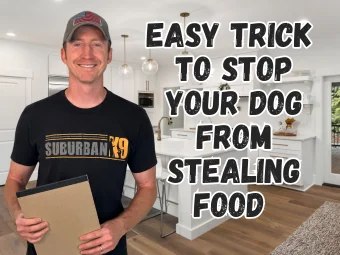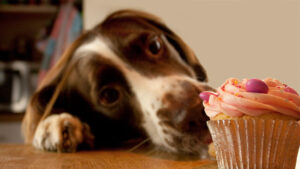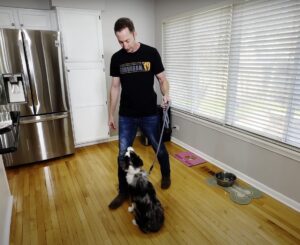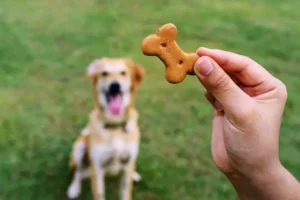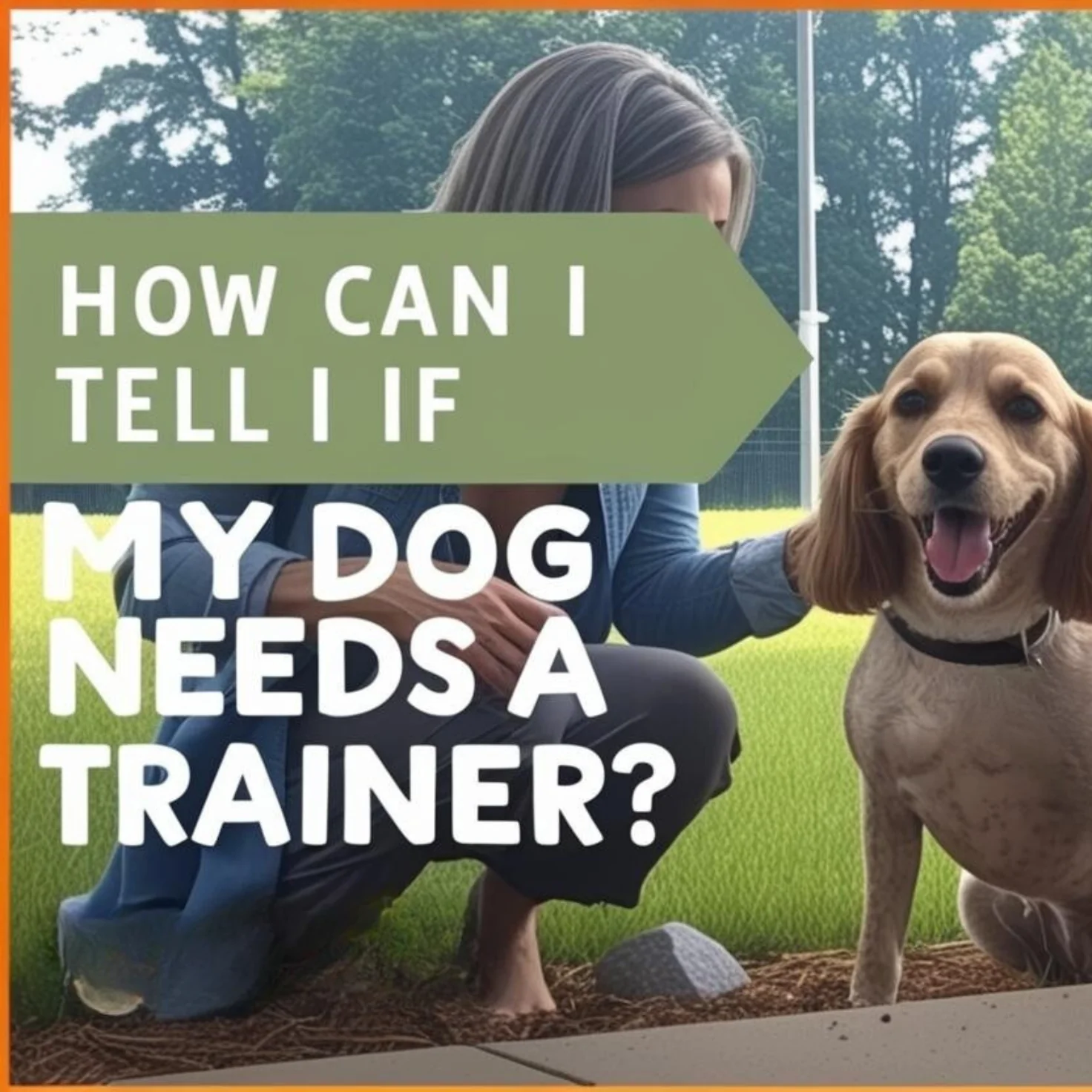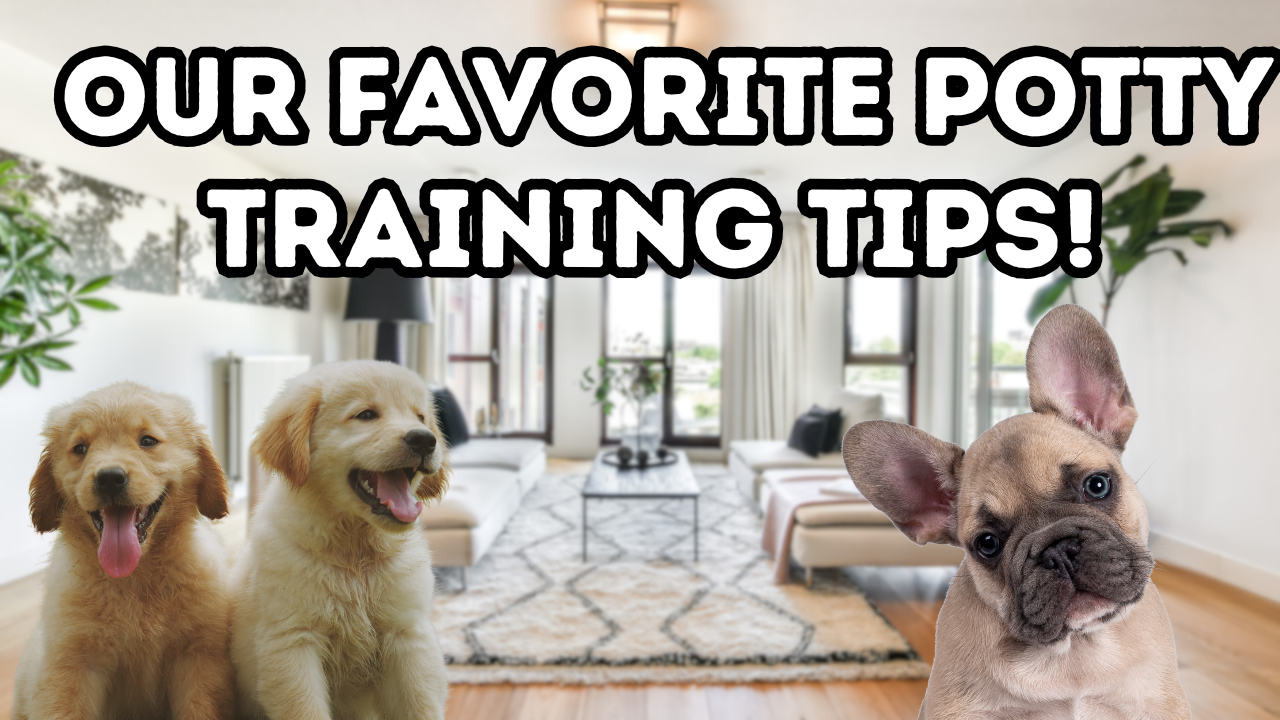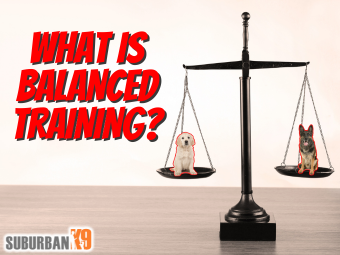It is very important to spend time teaching your dog how they should act around food. A dog that will constantly lunge at any food dropped is not just rude, but potentially could knock someone over and hurt them. At Suburban K9 we have a very natural process for teaching dogs to stop stealing food that we call "Claiming" food from your dog. Claiming food works extremely well because we use a lot of body language during the exercise, it is how dogs naturally communicate with each other!
In this video, Matt Covey teaches a dog to ignore lunch meat on the floor. Generally speaking, we are ok with dogs eating lunch meat, but as owners, we need to have control over what's going in our dog's mouths! When something falls on the ground, your dog eating it quickly can be an inconvenience (if it was dinner) but also can be extremely harmful (pills)! Taking the time to teach a dog how to behave around food is well worth the time as it could potentially save their life.
How do I teach my dog how to behave around food?
The more well trained your dog is the better. If they have a good grasp of heel, basic obedience, and our correction process, then the lesson learned by you claiming food is far easier to instill in your dog. This can also be considered a form of Proofing with your Dog! In this video, the dog we are working with just recently started training. So yes, it is teachable to dogs who are not fully trained yet. Claiming space works well as most dogs respond well to body pressure, a combination of body language with eye contact. Out of all our techniques, this is one of the fastest for dogs to grasp and see real changes in behavior!
If your dog is too excitable around food, we typically would use our heel command to calm the dog first! If you are struggling to get your dog to settle down enough to even begin this exercise, reach out for a free instant price quote to work with one of our amazing trainers!
Get equipped
The first thing we need to do is get a leash and collar on the dog. The point of this exercise is to attempt to teach the dog they are not allowed to grab or lunge for the food using a combination of: positioning and body language, audio cues, and body pressure. That being said, we will need to resort to using the leash during the process if the dog is ignoring us.
The other thing we'll need is some food! We want to pick something the dog is really going to want to have, here are some of our favorites for this exercise:
- Cold Cuts
- Bacon
- Cheese
- Hot Dogs
Positioning and body language
As you begin working with the dog we make sure we show them the food we have in hand before it is presented on the floor. Dogs are smart, they quickly learn the times they get a chance for a tasty snack to be dropped, and one of those prime times is when we have food in hand.
When you drop the food and they inevitably make their break for it, we want to try and position ourselves in between. This body language is how dogs communicate with one another over resources, so it's a very effective at communicating with your dog even if they have not performed a lot of obedience like the puppy in the video above.
We also want to be looking in the eyes if they raise their heads to meet us. This added focus we are placing on them, further instills our message telling them to back away.
Audio cues
When working on this exercise and the dog makes it's move for a snack, we typically will give some kind of quick audio cue to attempt to interrupt the dogs attention while we move our positioning. This is just added help in preventing the dog from the unfavorable outcome of getting to the food and reinforcing the improper behavior.
Body Pressure
If the dog is still trying to get to the food and trying to brush past your feet and ankles, you can lightly nudge them back. Only do this if they're already making contact, we do not want to try and hit the dog, this is just a push back. Resort to the leash to stop them and walk away if they are not responding and keep going for the food. Keep walking around until the dog has calmed down and then restart the process.
What if I make a mistake and the dog gets the food?
Remember, we expect mistakes! It's important if you ever get frustrated while working with your dog that there will be ups and downs. Be patient with the dog and yourself and be sure to celebrate the little victories! Modifying your dogs behavior takes time and consistency to get the results. The important thing is that they rarely get the payoff of the food on the floor, and there are far more occasions it's prevented and then not even attempted. Always praise when the dog is doing well, even if it's just verbal encouragement. The time you're investing in the short term is going to pay off in the long term with a well behaved that seems to organically do everything you'd like it to.
Let the dog have some!
As long as you're using something that is safe for the dog to have, it's okay to hand them some, or even give them permission to go eat it off the floor. This is one of the perks of Lucy, my Golden Retriever. She is always hanging out when I am cooking, because she knows that sometimes I let her have something I dropped. This saves me the time of cleaning it up, and she gets a treat!
While a little confusing in the short term, working on this will help your dog more intuitively manage situations in the future, like if you host or go to a friends backyard for a BBQ. You and your dog will have a better time if you do not have to constantly worry about them getting into something they shouldn't.
How to I teach my dog to behave around food off leash?
Once a dog understands the concepts that we discussed in this video, we will eventually work off leash, but there is no rush here. We do not typically use obedience commands during the process, as we do not want to rely on a command being given if something falls randomly. Before removing the leash, it is important to try this with a few different food items. You can also make this more difficult by dropping the food closer and closer to your dog.
When you are rarely having to take any actions to stop the dog, it's time to take the leash and collar off and repeat the process. The dog will feel more free and is likely to make the attempt when it was not before, but just stay consistent and they will start waiting for your signal on if they can have it or not.
Other Dog Feeding Related Matters
Issues around a dog's food are common and a great way to build a dog's confidence is to find additional things for them to do with and around their food. Check out our article on Snuffle Mats for an additional idea of what you can be doing with and around your dog's food time!
Conclusion
We hope this video inspires you to work on this with your dog! Thousands of dogs either die each year or need stomach surgery due to ingestion of items they are not supposed to have! Working on this at a young age will help prevent this from happening, and is one major step in the right direction to raise the best puppy ever!
Our Dog Boot Camp and our In-Home dog training programs are highly customized and designed to give you and your dog the best life possible. For those looking for the absolute best training packages, check out our One Year In Home Training Packages and Board and Train Plus Package. We focus on obedience commands, leash walking, off leash training, in-home behaviors, socializing, and many other training goals. For more information, please visit our website today!
